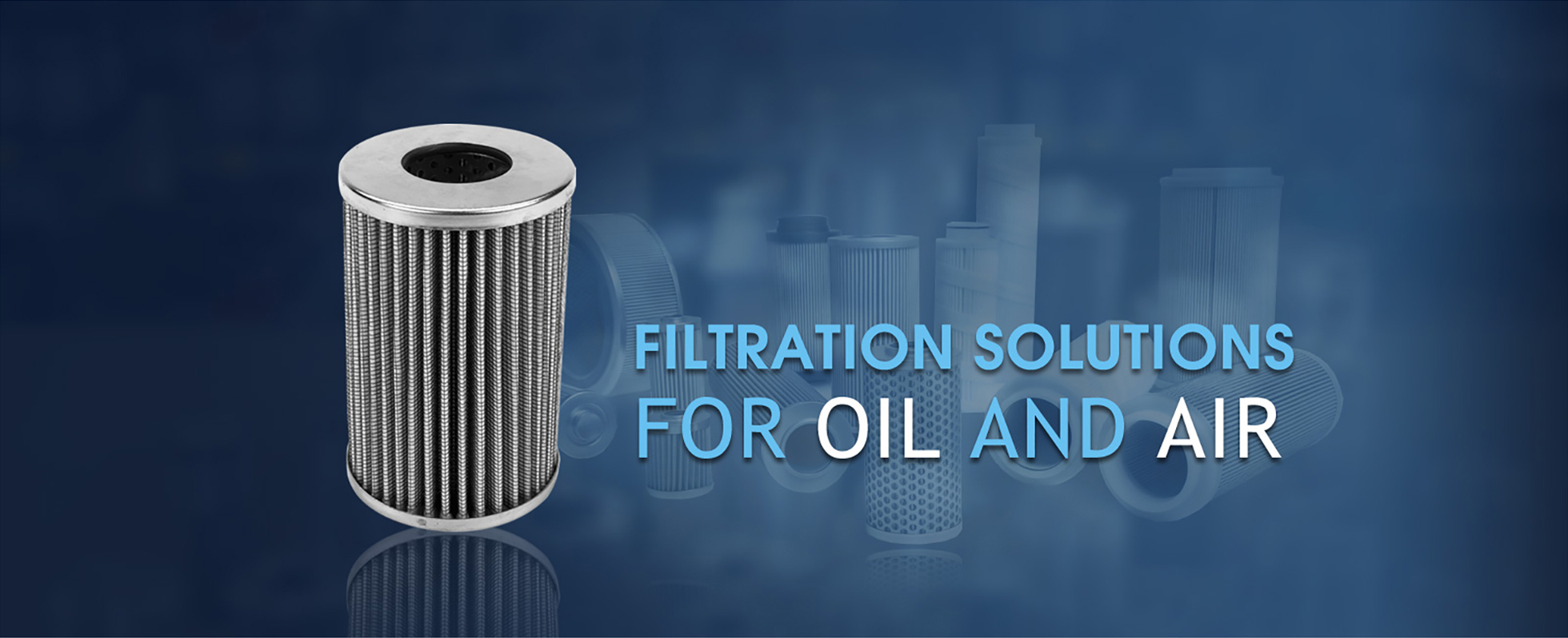
Nov . 16, 2024 03:32 Back to list
Comparison of Angular Contact and Deep Groove Ball Bearings for Optimal Performance
Angular Contact Ball Bearings vs. Deep Groove Ball Bearings A Comparative Analysis
When it comes to selecting bearings for various industrial applications, understanding the differences between angular contact ball bearings and deep groove ball bearings is essential. Both bearing types serve specific purposes and offer unique advantages depending on the operational requirements.
Design and Structure
Angular contact ball bearings have a unique design that comprises an inner and outer raceway that are offset from each other, allowing them to accommodate axial loads in a specific direction. This design allows them to handle a combination of radial and axial loads. The angle of contact between the balls and the raceways plays a crucial role in determining the bearing's load-carrying capacity. These bearings are usually available in single and double-row configurations, with double-row versions being able to bear higher loads due to their increased contact area.
In contrast, deep groove ball bearings are characterized by their simple design, featuring an inner and outer ring with a deep raceway. This design enables them to support both radial and axial loads. The simplicity of deep groove ball bearings makes them one of the most widely used types, suitable for high speeds and various operating conditions. They can accommodate misalignment and are often selected for applications where cost-effectiveness and reliability are paramount.
Load Capacities and Performance
When it comes to load capacities, angular contact ball bearings typically outperform deep groove ball bearings in specific applications, especially where axial loads are significant. The ability of angular contact bearings to handle thrust loads in one direction makes them ideal for applications like rotary tables and machine tool spindles, where precision and load management are critical.
angular contact ball bearing vs deep groove ball bearing

On the other hand, deep groove ball bearings excel in applications requiring high speed and lower radial loads. Their capability to operate efficiently at high rotational speeds is one reason they are favored in electric motors, household appliances, and automotive applications. However, it’s worth noting that while deep groove ball bearings can handle some axial load, they are limited compared to their angular contact counterparts.
Applications
The applications for these bearings differ significantly. Angular contact ball bearings are predominantly used in precision machinery, aerospace, and automotive industries, where axial loads are prevalent. They are essential components in gearboxes and pumps, where their capacity to manage both radial and axial loads ensures better reliability and efficiency.
Deep groove ball bearings, on the other hand, find extensive use in a variety of applications, including both light and heavy machinery, electric motors, and consumer products. Their versatility and simplicity make them an economical choice for rotational devices, making them suitable for industries ranging from manufacturing to transportation.
Conclusion
In summary, the choice between angular contact ball bearings and deep groove ball bearings ultimately depends on the specific application requirements. Angular contact ball bearings are ideal for high-precision applications requiring superior axial load handling, while deep groove ball bearings are preferred for their simplicity, versatility, and capability to operate at high speeds under lower loads. Understanding these differences enables engineers and technicians to select the right bearing type, ensuring optimal performance, longevity, and reliability in their systems.
Latest news
-
Premium Deep Groove Ball Bearings | High Speed & Reliability
NewsAug.29,2025
-
Durable Scaffolding Clamps - Secure & Reliable Tube Connectors
NewsAug.28,2025
-
Common Failures in Thrust Ball Bearings and Solutions
NewsAug.22,2025
-
How Tapered Roller Bearings Can Take Shock Loads
NewsAug.22,2025
-
Angular Bearings in High-Precision Spindles
NewsAug.22,2025
-
The Impact of Misalignment on Cylindrical Roller Bearing Performance
NewsAug.22,2025
